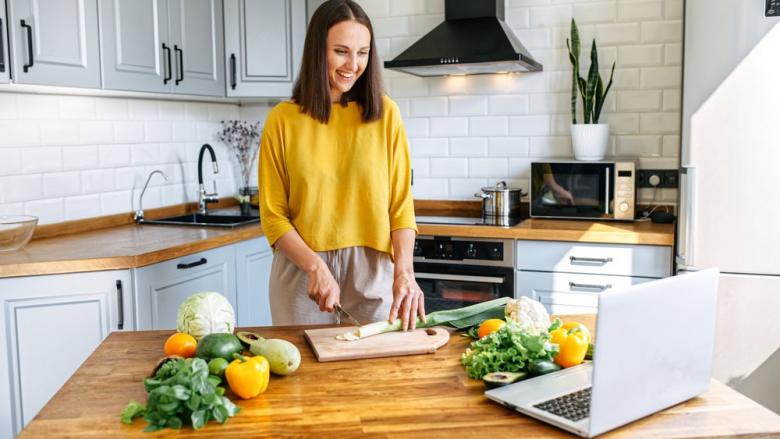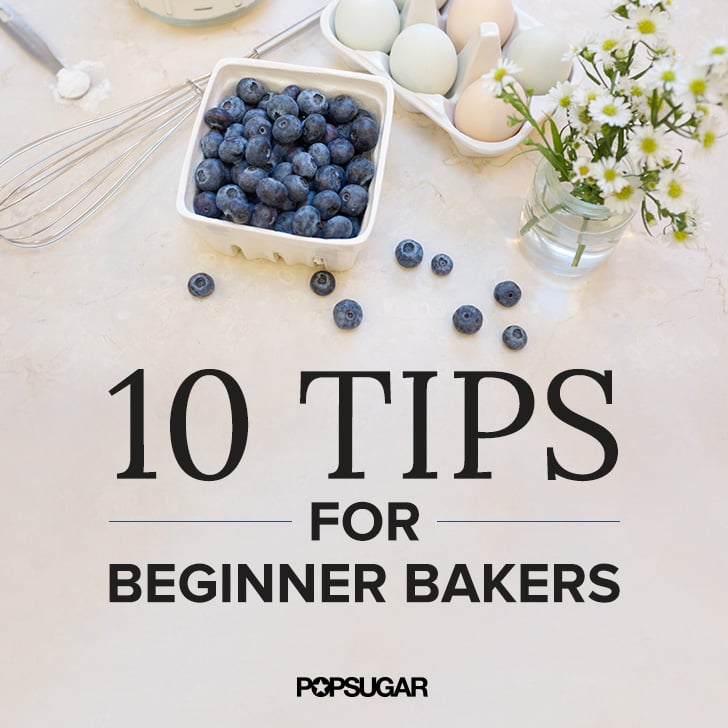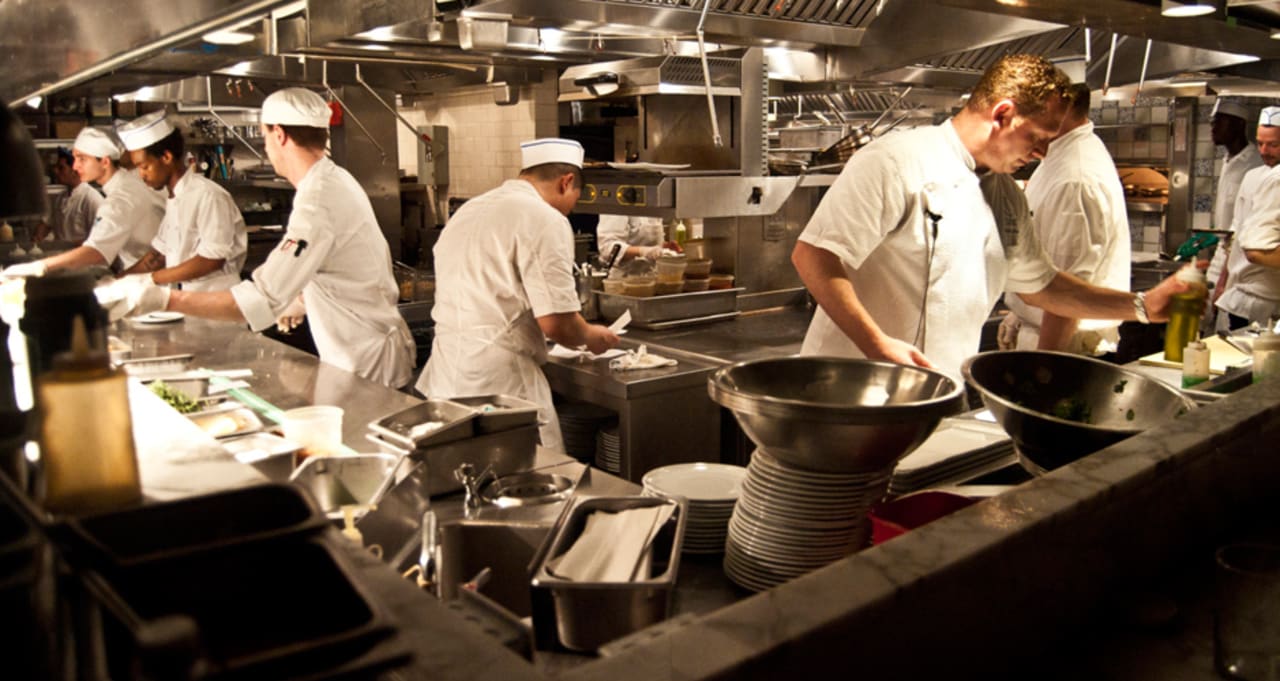
There are many different levels of difficulty when it comes cooking skills for children. Younger children can learn the basics of cooking, while more advanced techniques may be needed for older kids. Three- to five-year-olds are the ideal age. Here are some kitchen tasks recommended for children. These activities can also be used to help with more difficult cooking or grocery shopping. Whatever your age, there are some basic cooking skills that kids can start with right away.
Basic cooking skills
You can help your child learn how to cook, or improve their cooking skills. Basic cooking skills are vital for any mealtime. While there are several age-appropriate cooking skills for kids, some require more supervision than others. These are the main guidelines to keep in mind:
Age ranges
The children at this age can do basic hand washing and can follow simple instructions. They will soon be able to comprehend the basic concepts of assembling food, such as mixing ingredients or slicing them. This is a great place to introduce basic kitchen equipment, such the oven. As they continue to grow and learn, they can even start to make changes to recipes and to use more complicated kitchen appliances.
Techniques
There are many advantages to cooking together with your children. It's a great opportunity to develop vocabulary and bond with your children. It is also a great way to share responsibility with your child. Cooking with a toddler takes patience, time and effort. Make sure they are able to cook simple dishes. Choose recipes that do not require long cooking times. Consider dishes with unusual textures and colours. Using these techniques will make the cooking experience enjoyable for everyone!

Getting kids involved in the kitchen
It's a great way for kids to have fun at dinner. This can help them develop valuable life skills. Even though newborns may not be skilled cooks, they can learn how to prepare basic meals in the kitchen. You can make it more fun for them to be involved in the kitchen. They will also become more interested cooking as they age. They will naturally be more curious about the kitchen as they grow older.
Presentation of food
Food presentation is crucial, regardless of whether you're cooking for family members or your children. Children judge the appearance of food on many different levels, and food presentation can have a big impact on their eating habits. These are some ways to make your food look great. You can add fun garnishes like carrot curls and roses to your food. It is important to keep children safe when handling knives. Ask an adult for help if your child has any questions about using knives.
Measuring
It is a great way to teach math skills to children. You can teach your child the skill and improve their sense of time. Children will learn how to compare quantities, and to estimate the use of cups and other utensils. These skills will be useful when they go on to more complicated math classes in school, such as pre-algebra and geometry. This doesn't mean that the learning stops there. The fine motor skills of children will be developed, as well as their sequencing and reading abilities.
Self-confidence
The best way to instill self-confidence in children is through the teaching of cooking skills. Children who learn how to cook from scratch are more likely to continue these good habits into adulthood. Children will also feel proud when they make something from scratch, which will help boost their self-confidence. Cooking can promote family bonding as well as help children develop a sense for responsibility.

FAQ
Are there any free online cooking classes?
Many websites offer cooking lessons for free. YouTube can be searched for videos showing you how to make different meals. Some websites give you access to thousands of recipes. These sites usually require you to pay a monthly fee, but you can try them out for free for 30 days.
Who is the best path to a career in chef work? How can I start my career as a chef?
If you're interested in becoming a chef, you should consider starting as an apprentice. Apprenticeships give you the opportunity to work for many years without having to pay tuition fees. After completing your apprenticeship, you can apply for a position as a sous chef. Sous chefs supervise cooks and assist them with tasks like making salads and desserts. They are also responsible for the overall operation of the restaurant.
How do you become a chef?
There are many paths to becoming a chef. You can begin by taking a course at a community college or vocational school. You might also consider going to culinary school. Finally, consider a paid internship.
Statistics
- You'll be amazed that over 90% of CIA students receive scholarships and grants to finish their culinary studies. (ischoolconnect.com)
- On average, chefs earn $58,740 a year, according to the BLS. - learnhowtobecome.org
- In the United States, the category is estimated at $23.2 billion annually and is growing faster than the market. (washingtonpost.com)
External Links
How To
How to make a perfect omelet
Omelets are one of my favorite foods to eat at breakfast. How do you make them perfect? There are many recipes and methods I tried, but none worked. So I wanted to share some tips and tricks so that you can make delicious, fluffy omelets every morn.
First, eggs can be very temperamental ingredients for making omelets. You must get them fresh, organically, and keep them cold until you cook. If they are not kept cold enough, the whites won’t form properly. The yolks will also break down too quickly and become runny. Your omelets will look strangely colored if this happens. If you plan to cook the eggs right away, it is best to use room temperature eggs.
Another tip is to separate each egg before adding them to the saucepan. Because this could cause your omelet to become curdled, you don't want any yolk to be mixed with any white.
The egg can burn if it is placed directly on the stovetop. Instead, heat the egg in a microwave for 10 seconds and then place it in a pan. The microwave heat cooks your egg just right, without it becoming too soft.
Next, let’s talk about mixing the egg. When mixing eggs, it is important to thoroughly beat them. To do this, take the bowl from the mixer and flip it upside-down. Then shake the bowl vigorously. This allows the air to be whipped and the egg to be mixed thoroughly.
The fun part is now - adding the milk to the mixture. Mix half of the milk with the eggs. Then fold the eggs in half into the remaining milk. If you still see streaks of eggs, don't worry. These streaks will disappear once the omelet has been turned over.
After folding the eggs, place the pan on medium heat and wait for the oil to start sizzling. When the oil is hot enough, add 1/4 cup butter to the pan. Stir it around until the butter covers the entire pan. Open the lid and sprinkle salt on the pan. A pinch of salt will help prevent the omelet from sticking to the pan.
Once the omelet has formed, cover the pan again and wait for the top side to set completely. Flip the omelet over using a spatula or flip the pan upside down. Cook the other side for another minute or two. Remove the omelet from the pan and serve immediately.
This recipe works best when you use whole milk.